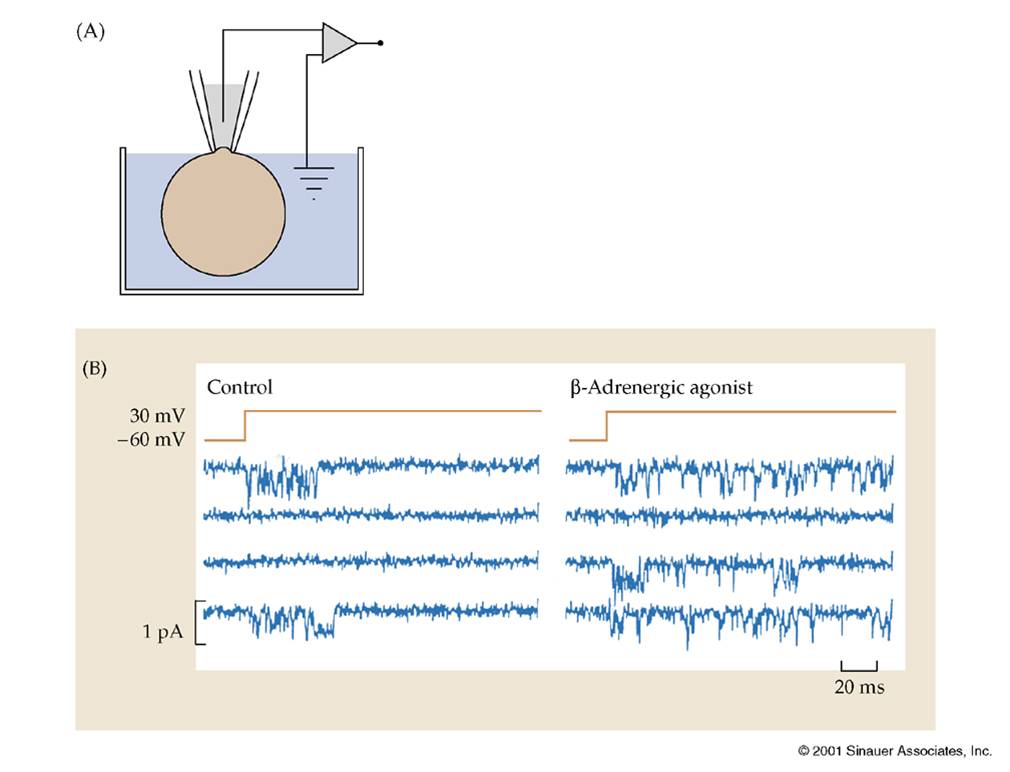G-Protein Coupled Receptors and Their Role in Synaptic Transmission
- AP Biology
- MCAT
2.
We’ll put your name on your report, certificate, and leaderboard.










 Back to top
Back to top






